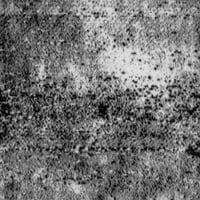Cicadas mating
Watch as David Attenborough signals his interest in mating with a male cicada. Scientists think that cicadas have 13- or 17-year mating cycles because, being prime numbers, those periods are not divisible by those periods of potential predators. From Stephen J. Gould:
Many potential predators have 2-5-year life cycles. Such cycles are not set by the availability of cicadas (for they peak too often in years of nonemergence), but cicadas might be eagerly harvested when the cycles coincide. Consider a predator with a life-cycle of five years: if cicadas emerged every 15 years, each bloom would be hit by the predator. By cycling at a large prime number, cicadas minimize the number of coincidences (every 5 x 17, or 85 years, in this case). Thirteen- and 17-year cycles cannot be tracked by any smaller number.
It’s a bit more complicated than that, but Gould’s argument covers the basics. (thx, @mwilkie)





Stay Connected